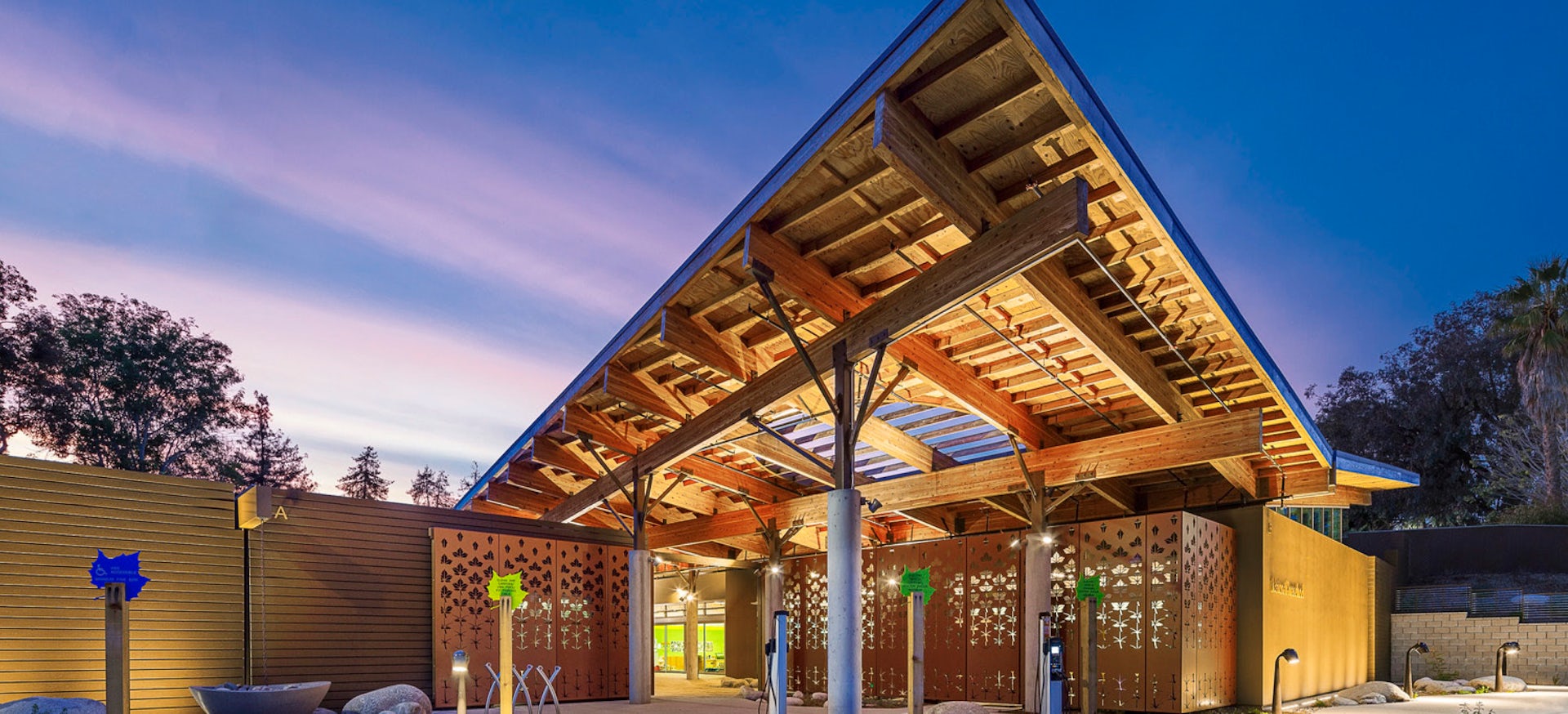Last May, LPA was honored to win an American Institute of Architects (AIA) COTE Top Ten Plus award, the industry’s highest honor for sustainable design. In many ways, it was special for us. The COTE links design excellence with actual performance, something we try to do as a firm on every project.
The COTE is unique, and it raises a question: why isn’t energy performance given more importance as a central part of the criteria for any AIA award? The AIA has rightfully proclaimed that climate change is the most pressing issue of our generation. If that’s the case, then energy performance and conservation should be at the core of any evaluation of whether or not a design is worthy of an honor.
The AIA already has the standard by which to judge the energy performance of projects—the AIA 2030 Commitment. The AIA supports the challenge, which calls for buildings to be net zero by 2030, as a way to “transform the practice of architecture in a way that is holistic, firm-wide, project based, and data-driven.”
The AIA Should Link Awards to Energy Performance
The American Institute of Architects says climate change is the most pressing issue of our generation. Here’s a way to reward projects that do something about it.

AIA should take this opportunity to make reporting performance data and participation in the 2030 Commitment a prerequisite to winning a national award. Taking this basic step would merge the goals of the AIA’s climate change initiatives and make it clear that the industry is united behind the 2030 Commitment.
To its credit, the AIA has been taking steps to make the 2030 Commitment a core part of its agenda. Earlier this year, the AIA’s Large Firm Roundtable published a “Countdown on Carbon” policy, requiring members to sign on to the 2030 Commitment. But it doesn’t go far enough. It doesn’t even require that firms actually report their numbers. Of the more than 600 firms that signed on to the pledge, only 252 actually reported data last year.
The COTE is a good example of the current disconnect. Less than 55 percent of the COTE winners honored from 2016 to 2020 met the current 2030 Commitment target of a 70 percent energy reduction. This year, only three of the 10 winners met the target.

True, energy is part of the Framework for Design used to judge design excellence for the COTE program. But if the 2030 Commitment is going to have any relevance with the profession, including it in the evaluation of the industry’s top design award would send a powerful message. And it will help make the awards more meaningful.
For any award, we are looking for projects that inspire us and add to the conversation about our beliefs. Juries should be able to make awards based on their collective thoughts on excellence. But including the 2030 Commitment will provide a level of standards and guidance. We want to reward projects that contribute to our society and add value to our lives. Award programs are essential to recognize the best work; we should always be looking for examples that spotlight achievement. When a project wins a prestigious national award, even though it doesn’t come close to meeting the 2030 Commitment, it sends the wrong message.
I expect so much more from our industry when we hold up projects as examples. As an industry, we need to recognize that there is no separation between design excellence and performance.
Energy efficiency is a catalyst for good design. A focus on solving the energy issue leads design teams to embrace passive conservation measures and explore every element of a design. It forces architects to be “holistic, firm-wide, project based, and data-driven,” as the AIA says in its 2030 marketing materials.
The 2030 Commitment can no longer be aspirational. It needs to be an integral part of the design industry. And that starts with putting our beliefs into practice. That is why last year we started publishing EUIs and our 2030 Commitment results with every project. We designed our integrated practice, in large part, to better address the performance challenges.
We either believe that our industry can be an agent of change or not. I believe architects can lead the way. We have set the bar; it’s up to us to make it the measure of success.



